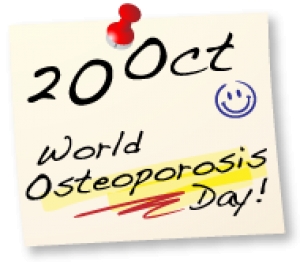Please note the simple messages are that osteoporotic fractures are very common, affecting more than 50% of older women and about a third of older men. The peak incidence is before the age of 70 years – that is, in the relatively young-old. All Vietnam Veterans are now entering this age group.
Virtually any bone can fracture in people with osteoporosis, and every clinical fracture signals increased future fracture risk. Critically, each of these fractures signals a two- to three-fold increased risk of death. Non-hip, non-spine fractures constitute about half of all fragility fractures and contribute to 25 to 30% of the excess age-expected mortality. Importantly, there is some evidence that effective treatment not only reduces the risk of future fractures but also may prolong survival.
However, the great majority of Australian men and women at high risk, even after a fragility fracture, are not treated to reduce their risk of future fractures. About 80% of women and 90% of men who have had their fracture treated receive no effective treatment to reduce their risk of another fracture. Data from Australia indicate that about 25% of postmenopausal women attending their GPs have already had one or more fragility fractures but are not taking any treatment to reduce their risk of further fractures. Concern about rare or very rare side effects may contribute to the reluctance to treat but the people who are treated are likely to have avoided 100 to 1000 fracture events.
Hence, for World Osteoporosis Day there needs to be a major revision of the unjustifiable neglect of this condition for both men and women, given the range of well-tolerated and effective treatments available. Given the frequency of this problem, the only group who can change this dire situation are the front line doctors, your GP.




